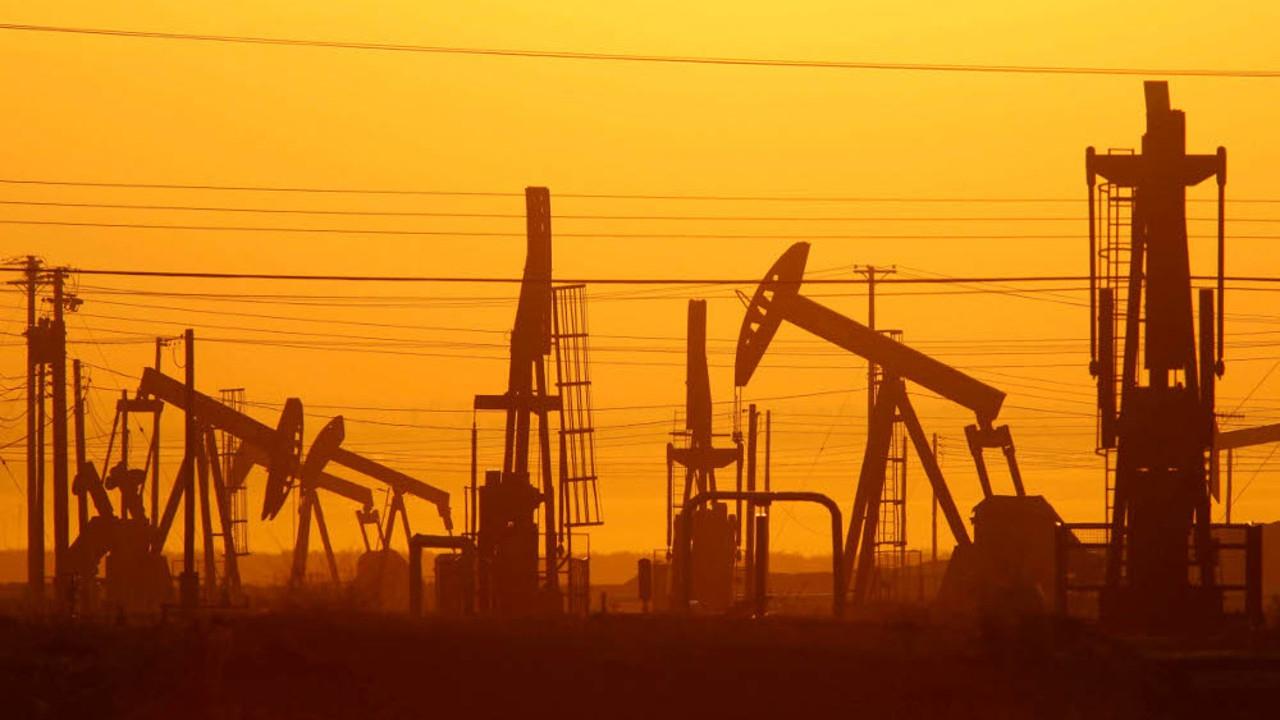Crunch time approaches for OPEC ‘understanding’ on crude output
A failure to agree on cuts to output at the next OPEC meeting will ratchet up the pressure on oil producers.

After tentatively agreeing to freeze or reduce oil production in the face of oversupply and depressed prices, they then boosted output further.
At the time of the informal meeting in Algeria in late September, which followed an agreement between Saudi Arabia and Russia earlier that month to co-operate in stabilising oil markets, OPEC’s members were producing at a rate of 33.2 million barrels a day.
Last month OPEC reached record levels of 33.5 million barrels a day, Russia (which isn’t a member) added about 500,000 barrels a day as did Libya and Nigeria between them. That explains why the oil price, which jumped from just under $US46 a barrel to more than $US53 a barrel in the weeks after the announcement, is now back below $US46 a barrel again.
What’s more, an ultra-costly strategy that was designed to drive out US shale oil production as a competitive source of supply, hasn’t been as effective as OPEC anticipated. The latest data from the US Energy Information Administration shows US production rising and the onshore rig count, while still well below its peak level before the oil price crashed in 2014, increasing.
Even the market reaction to the September announcement has proved counter-productive, as the US producers responded by increasing their forward sales.
The deep and sophisticated futures markets in the US were a large part of the explanation for why the wave of energy sector bankruptcies that were forecast for the US shale sector when the price collapsed wasn’t anywhere near as significant as expected. The September agreement has bought some of the producers more time and improved cash flows.
With OPEC itself downgrading its medium term expectations for both demand and prices for oil in its latest monthly oil market report, the November 30 OPEC meeting in Vienna becomes even more important.
If the members, and key non-members like Russia, can’t commit to cutting their combined output against the backdrop of record levels of inventories, there’ll be more downside than upside in the price and more financial pressure on producers already feeling the impact of their reduced revenues.
The Saudis have been chewing through their vast foreign reserves, running large budget deficits, cutting public service salaries and benefits and raising service charges as their oil revenues have dwindled. Russia, with an economy under stress and which has an export base dominated by energy, also badly needs an improvement in the price.
The OPEC oil market report provides a context. It estimates demand for OPEC crude at 31.8 million barrels a day this year and 32.6 million barrels in 2017 — even as its current production significantly exceeds both those estimates. Without production cuts it would seem inevitable that the price — which was below $US30 a barrel early this year — will fall back significantly again.
The organisation has accepted that, even in the medium term and, implicitly, even with production restraint, prices aren’t going to rebound strongly. Over the next four years, to 2020, it expects prices to rise to about $US60 a barrel -- $US20 a barrel less than it was forecasting last year.
While it is still counting on reduced production from competitors to increase its market share in the longer term, it is now acknowledging the uncertainty and threat posed by the international responses to climate change and the rate at which the auto industry is shifting towards electric vehicles.
If countries were to meet the targets they agreed to at the Paris climate change conference last year — agreements that went “live” last weekend — oil demand could, it believes, peak within a decade and a half.
That gloomy scenario (for OPEC) probably explains why the Saudis are talking about an initial public offering of Aramco in 2018 and accelerating efforts to reduce the dependence of their economy on oil.
In the meantime, if the Vienna meeting next month joins the lengthening list of OPEC meetings since 2014 that have failed to produce agreement on curbing production, a continuation of production levels that outstrip demand will push the point at which the oil market might be eventually balanced and a floor for the price gained out even further.






So much for the “understanding” that OPEC, encouraged by Russia, supposedly reached in September.